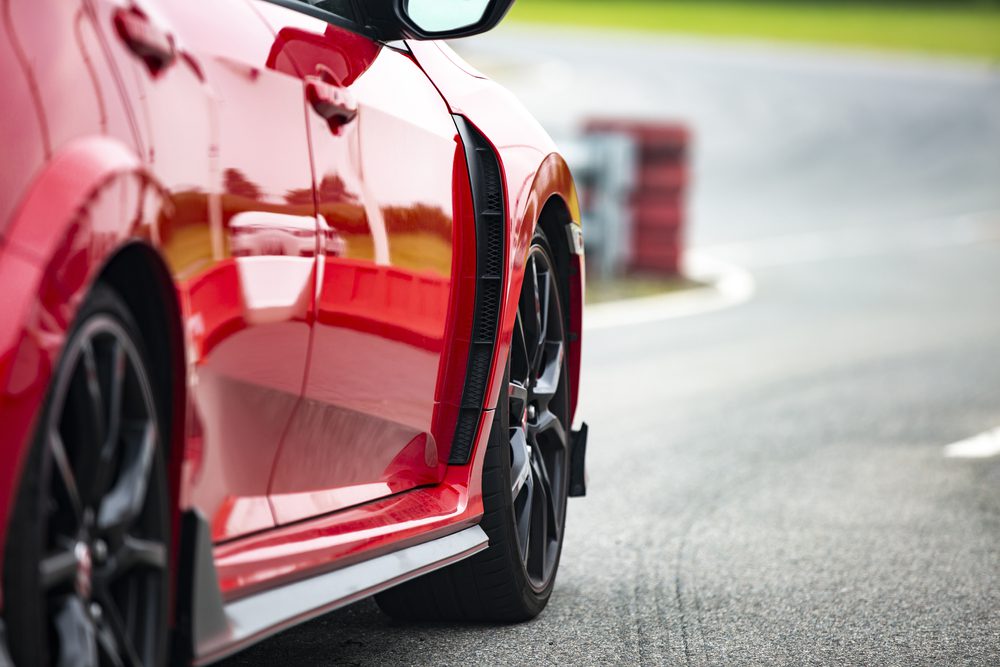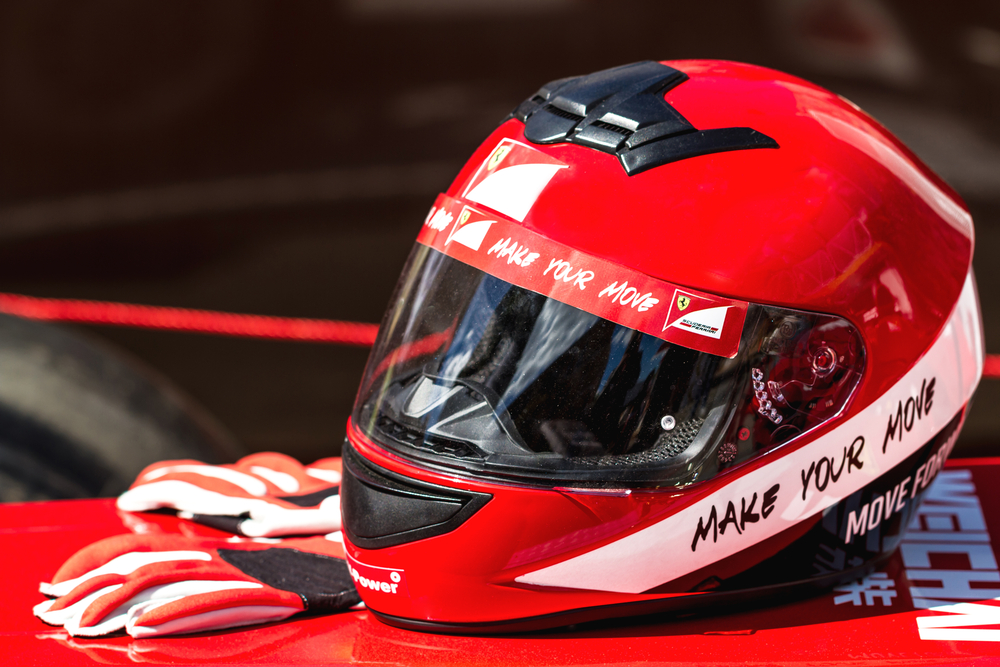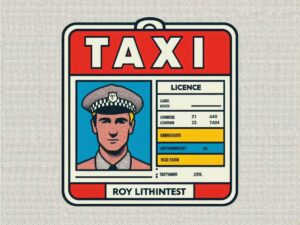A beginners guide to track days

Generally speaking, track days aren’t for the faint-hearted. It usually attracts a crowd who have a need for speed and want to push their vehicles to their max.
This can be daunting for newcomers who have never experienced a day on the circuit before – particularly when you factor in all the rules and regulations you need to remember.
To help ease yourself through the process, it can be beneficial to know what you’re getting yourself into first instead of being in for a rude awakening on the day.
That’s why we’ve created this guide on track days for beginners. We will explain all things track day related, such as what it is, how to organise one, how to prepare your car, what rules and regulations you should be aware of, and more. Let’s get started!
What is a track day?
A track day is a non-competitive event where car enthusiasts can drive around racing circuits and push their vehicles to their limits in a controlled environment away from the general public.
Track days are for everyone. Whether that’s a petrolhead with ten years of experience racing or a complete novice who wants to try for the first time. All you need to do to sign up is hold a valid driving licence and pay the registration costs.
How to organise a track day?
Once you’ve decided to partake in a track day, the slightly tricky part begins – organising it. It’s not difficult. However, the logistics of it all take some time to figure out. This involves choosing the right circuit, making sure it’s available on the day you want, booking it, etc.
How to choose the right circuit?
Choosing the right race circuit means deciding between an open pit lane track day or a sessioned track day. Luckily for you, the UK has some great tracks with options for both, which you can pick from.
Open pit lane tracks allow drivers to go out on the track at any time, regardless of experience and speed. However, there are limits on how many cars can be on the circuit simultaneously.
On the other hand, sessioned track days are where the day is split into 20-30 minute sessions where drivers are categorised by experience and speed. For beginners, sessioned track days may be the better option as you will be put against people at your level of driving experience and at a speed limit that’s comfortable for you.
One more thing to consider when choosing a circuit is if it has enough ‘run-off’. Run-off is how much space there is between the edge of the track and the fence. Beginners tend to drive off the circuit much more than experienced drivers and will therefore want to choose a circuit with a larger run-off. This gives a buffer period for the car to come to a stop before it crashes into the fence, which can damage both the driver and the car.
Circuits that have large run-off areas include:
Donington ParkSnettertonSilverstone
How to book a track day
Booking a track day is a simple process. All you have to do is pick a day through a track day company. The UK’s most popular track day booking companies are Trackdays and No Limits Trackdays.
You will have to consider the following factors when making your booking:
Are you bringing your own car?What date would you like to book your track day?What is your rider level?
Once you have inputted this information, you will be given options regarding the tracks available to you on that day. Select the most beginner-friendly circuit for you, enter your card details, and finalise the booking.
Do you need track day insurance?
Track day insurance is not a legal requirement. Still, taking out track insurance is highly recommended since your standard car insurance policy will not cover any damages you incur whilst on the race circuit.
Track day insurance will compensate you for the full cost of repairs. If it needs to be written off, you will be compensated for the market value of your car at the present day. But, there is no third-party cover – it simply doesn’t exist – so other drivers cannot be compensated if they are not insured.
Track day insurance will cover you for any sort of accidental damage that occurs to your car. This involves:
Crashing into the barriers.Crashing into another car.Another car crashing into you.Your car has a mechanical breakdown – engine blowout, brake failure, etc. – that causes you to crash into the barriers or another car.Damage from fire after an impact.Test day insurance.Damage during transit and storage.Labour costs.Cover for all UK and European circuits.
As you can see, track day insurance will cover you in almost every scenario you could possibly encounter whilst on the circuit. This is why track insurance is highly recommended for all participants.
Suppose you don’t want to take out a track day policy, but you have a specialist vehicle, such as a high-performance car. In that case, you can take out high-performance car insurance, which also includes track cover. The same applies to kit car cover.
Do you have the right car?
Seeing a race car on track days is completely normal. After all, race tracks are specifically designed to be raced on, and drivers are always looking to push their vehicles to the limits. However, that doesn’t mean that you can’t take to the circuit driving your road car. If you want to drive your day-to-day car on the circuit, you’ll be more than welcome to do so.
Track days are meant for everyone, regardless of your vehicle and experience. Just be aware that if you’re participating in an open pit lane track day, you’ll also be driving alongside race cars.
Typical track day schedule
The exact schedule and timetable will vary based on the circuit and track day organiser, but they typically look something like this:
08:30 – Arrive at the circuit.09:00 – Sign on (go through the legal paperwork, sign waivers, and show your driving licence).09:30 – Safety briefing.09:50 – Introduction session for first-timers and sighting lap.10:00 – Pit lane opens/morning track session begins.13:00 – Lunch break. Also, sign on for afternoon session drivers.13:30 – Safety briefing for afternoon session drivers.13:50 – Introduction session for first-timers and sighting lap.14:00 – Pit lane opens/afternoon track session begins.17:00 – Chequered flag signals end of the day.
Track day regulations
Before you’re allowed to step in a car and drive on the tracks, you should be aware of the rules which you’ll be required to follow. These include rules for the track, understanding what each flag means, and the equipment you’ll have to have with you to be allowed on the circuit.
Track rules
As with the track day schedule, track day rules will differ depending on the track day organiser and the circuit you’re at and will be discussed during your safety briefing. However, there are some general rules that almost all circuits will follow:
Overtaking can only be done on the straights, not on the corners. You must overtake on the left.If there is a faster car behind you, indicate and drift to the right side of the track and let them overtake you.Make sure your car is empty when on the track. Do not leave any loose belongings or possessions in there.Do not take pictures or videos with a camera whilst in the car. GoPros are generally accepted but must be mounted and not held by hand.There are track day noise limits on the circuit. Your car must not exceed it, or you will be asked to leave.
Flag Rules
Flags are important for track days because they allow marshals and officials to communicate with you while driving. For that reason, flag rules are universal, regardless of what circuit you are on. This ensures that you are never in doubt as to what a flag means. Let’s look at all the flags you should be aware of and what they mean.
Stationary yellow flag – There is danger ahead. You do not have to slow down but do not overtake the car ahead of you. Be prepared to avoid obstacles.Waving yellow flag – There is danger ahead. You must lower your speed gradually and must not overtake the car ahead of you. Be prepared to avoid obstacles.Red flag – There is significant danger on the track. You must slow down and not overtake the car ahead of you. Head to the pitlane and await further instructions. Depending on the track, either the session will be paused or completely ended.Yellow and red striped flag – There’s debris or fluid on the circuit. Adapt your speed accordingly, and be prepared to avoid obstacles.Blue flag – A car behind you is either coming in fast or is about to overtake you. Maintain your speed, but stay to one side and allow them to overtake you.Black flag – Shown with the number of the car. Either your car has a problem, or you have been disqualified. Either way, you must finish the lap, return to the pitlane, and await instructions from a track day official.Chequered flag – The end of the session or day. Finish the lap at a slower speed and return to the pits, also known as a cool-down lap. You must not overtake during this lap.
Equipment

You certainly won’t have to come looking like Lewis Hamilton, but there are a few basics that you will need on a track day, such as a helmet, racing suit, appropriate shoes, and maybe even gloves.
You may be able to rent everything at the event– check with the track day organisers beforehand – but you should ideally bring your own helmet. It’s the most important piece of equipment you need since it protects your head in the event of an accident.
It needs to fit properly and be in good condition for it to do this effectively. Whilst track day organisers should have good quality helmets available for hire, it’s best to invest in one yourself as you can never guarantee if they will fit or not.
The helmet should fit snugly enough that the crown of your head is positioned properly to where your eyesight is not impeded, the cheek pads should slightly push against your cheeks, and the helmet should not rotate when you’ve fastened the chin strap.
How to prepare your car for a track day
You don’t need to do any crazy modifications to your vehicle in preparation for a track day, but since you’ll be pushing your vehicle to its limits, there are a few checks you should make. Ensure your wheels and tyres, engine, and brake fluid are up to the levels they need to be.
Firstly, you’ll want to ensure your wheels are aligned and balanced, as this can drastically impact your control on the track. You’ll also want to check the tread on your tyres. They will wear out faster on the circuit than on the road and will need to be able to handle it. Additionally, your tyre pressures must be at the correct amount for the strain you will put them under.
Your brakes and brake fluid are also important parts of your car that will need preparation. You are guaranteed to encounter hot brakes, and you will run through brake fluid really quickly, so be sure to bring extra so you can top it up as needed. Also, be sure to check the brake fluid levels throughout your track day to ensure you’re not running empty.
The same applies to the engine and engine oil. Ensure it’s at its max, and bring extra so you can top it up as and when needed.
How much does a track day cost?
Registering for a track day costs anywhere between £80 and £300, depending on the track, the date you have booked, etc. On average, if you’re attending a track day for beginners, you can expect to pay around £150.
However, when factoring in the vehicle you have, the cost to replace brake fluid, engine oil, and your tyres as they become worn out, your average track day can be as much as £1,000.
Are track days dangerous?
Anytime you’re pushing your car to its limits and driving at high speeds, it is considered dangerous. However, you can limit your risk by being responsible.
For instance, don’t put your foot down on the track immediately. Take it easy for the first lap, get to know the circuit, and let your car’s engine, tyres, and brakes warm up. You can also take your time and do this for the first few laps if you feel you aren’t quite ready yet.
If you find that your car is overheating, feel free to take a break just to keep your car cool. This will help your car from breaking down.
Also, the track day rules and safety briefings are there for a reason. You shouldn’t have any problems on the circuit if you follow them.
Also read:
Should I get track day insurance?





